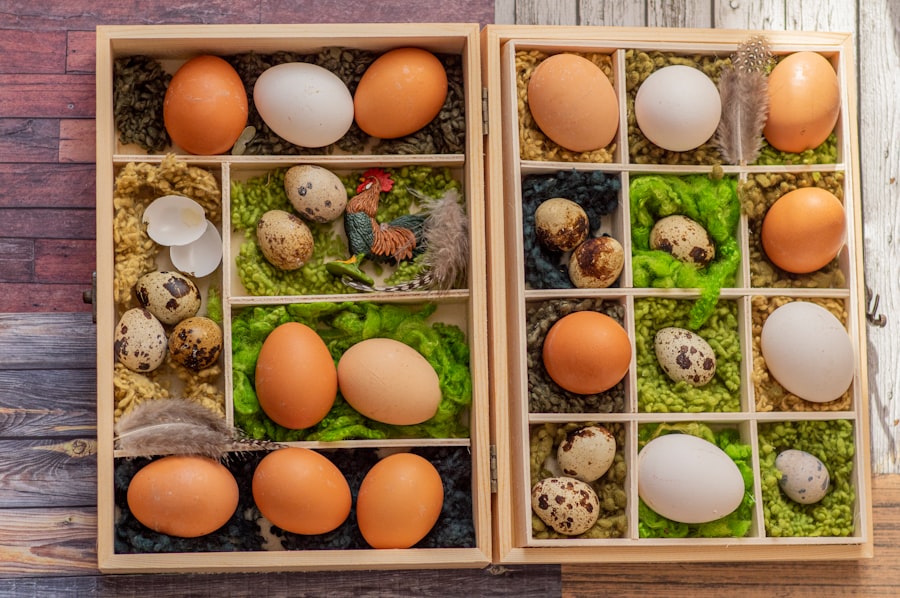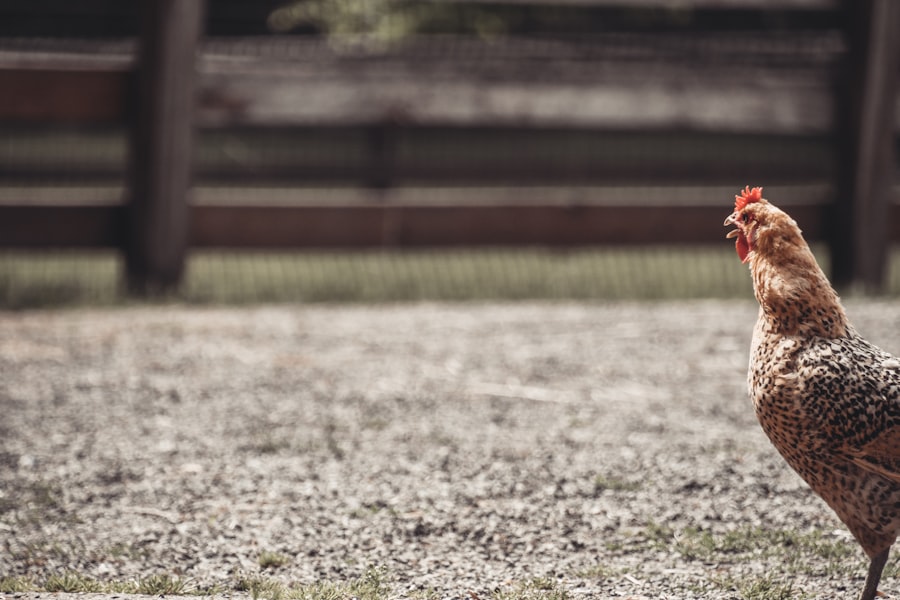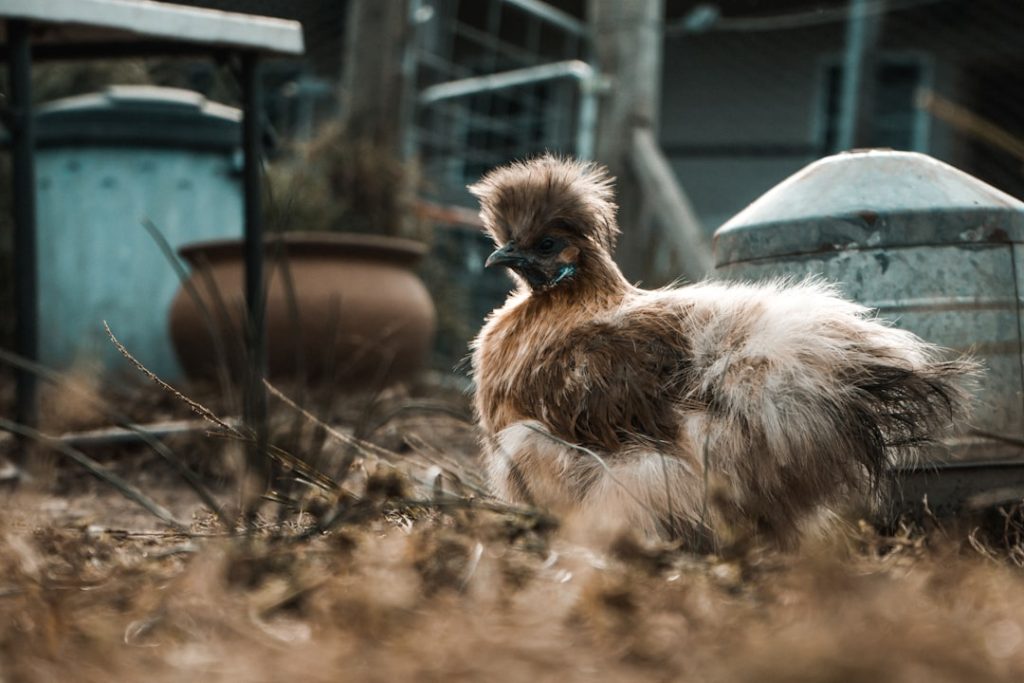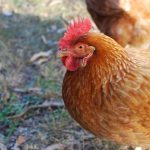When selecting breeds for a livestock farm, several factors must be considered. The primary consideration is the farm’s purpose, whether it’s for meat, milk, wool, or egg production. Each livestock type has breeds optimized for specific purposes.
For beef production, breeds like Angus, Hereford, or Charolais are known for meat quality and growth rate. For dairy farming, Holstein, Jersey, or Guernsey breeds are recognized for their milk production. Climate and environment are crucial factors in breed selection.
Some breeds are better adapted to cold climates, while others thrive in hot and humid conditions. Choosing breeds well-suited to the specific environment is essential for ensuring animal health and productivity. The temperament and behavior of breeds should also be considered.
Some breeds are more docile and easier to handle, while others may be more aggressive or high-strung. These characteristics can significantly impact farm management and animal welfare. Thorough research is vital when selecting livestock breeds.
By carefully considering the farm’s purpose, environmental conditions, and breed characteristics, farmers can make informed decisions that promote the health and productivity of their livestock, ultimately contributing to the farm’s success.
Table of Contents
- 1 Creating a Suitable Environment
- 2 Feeding and Nutrition
- 3 Breeding Techniques
- 4 Disease Prevention and Health Care
- 5 Marketing and Sales
- 6 Maximizing Profit and Sustainability
- 7 FAQs
- 7.1 What are the most profitable chicken breeds for breeding?
- 7.2 How much does it cost to start a chicken breeding business?
- 7.3 What are the key factors to consider when breeding chickens for profit?
- 7.4 How long does it take for chickens to reach breeding age?
- 7.5 What are the potential challenges of breeding chickens for profit?
Key Takeaways
- Select breeds that are well-suited to your climate and farming goals
- Provide a clean and spacious environment with proper ventilation and lighting
- Ensure a balanced diet with the right mix of proteins, carbohydrates, and vitamins
- Implement proper breeding techniques to maintain the health and quality of the stock
- Regularly monitor and vaccinate your livestock to prevent diseases and maintain their health
- Develop a marketing strategy to reach potential buyers and maximize sales
- Implement cost-effective practices to maximize profit while maintaining sustainable farming practices
Creating a Suitable Environment
Housing for Your Livestock
For example, if you are raising poultry, you will need to provide a secure coop that protects them from predators and the elements. If you are raising cattle, you will need to provide a barn or shelter that offers protection from extreme weather conditions.
Space and Layout Considerations
In addition to housing, you also need to consider the space and layout of your farm. Livestock need ample space to move around and graze, so it’s important to provide enough pasture or grazing land for them. Proper fencing is also essential to keep your animals contained and safe. Furthermore, you should consider the layout of your farm in terms of feeding and watering areas, as well as waste management.
Creating an Efficient Environment
Creating a well-organized and efficient layout will not only benefit the animals but also make it easier for you to manage and care for them. Creating a suitable environment for your livestock involves careful consideration of housing, space, layout, and infrastructure. By providing a safe and comfortable environment for your animals, you can ensure their health and well-being, as well as optimize their productivity on your farm.
Feeding and Nutrition

Feeding and nutrition are critical aspects of livestock farming that directly impact the health and productivity of your animals. When it comes to feeding, it’s important to provide a balanced diet that meets the specific nutritional needs of each type of livestock. This may include a combination of pasture grazing, hay or silage, grains, protein supplements, and minerals.
The exact diet will depend on the type of livestock you are raising and their specific nutritional requirements. In addition to providing a balanced diet, it’s also important to ensure that your animals have access to clean and fresh water at all times. Water is essential for digestion, temperature regulation, and overall health.
Proper hydration is crucial for the well-being of your livestock. Furthermore, it’s important to establish a feeding schedule and monitor the body condition of your animals regularly. Overfeeding or underfeeding can lead to health issues and decreased productivity.
By monitoring their body condition, you can adjust their diet as needed to ensure they are in optimal health. Feeding and nutrition are fundamental aspects of livestock farming that require careful attention and management. By providing a balanced diet, access to clean water, and monitoring their body condition, you can ensure the health and productivity of your animals on the farm.
Breeding Techniques
Breeding techniques play a crucial role in the success and sustainability of a livestock farm. Selective breeding is a common practice used to improve desirable traits in livestock such as growth rate, meat quality, milk production, or disease resistance. This involves carefully selecting breeding stock with desirable traits and using them to produce offspring with those same traits.
In some cases, artificial insemination may be used to introduce genetic material from superior breeding stock into the herd or flock. Another important breeding technique is crossbreeding, which involves mating animals from different breeds to produce offspring with a combination of desirable traits from each parent breed. This can lead to hybrid vigor and improved performance in certain traits such as growth rate or disease resistance.
Additionally, some livestock farms may also use advanced reproductive technologies such as embryo transfer or in vitro fertilization to accelerate genetic progress and improve the quality of their breeding stock. Breeding techniques are essential for improving the genetic potential of livestock and achieving specific production goals on the farm. By implementing selective breeding, crossbreeding, and advanced reproductive technologies, farmers can enhance the quality and productivity of their livestock over time.
Disease Prevention and Health Care
Disease prevention and health care are critical aspects of livestock farming that directly impact the well-being and productivity of animals on the farm. One of the first steps in disease prevention is biosecurity measures to prevent the introduction and spread of diseases on the farm. This may include quarantine protocols for new animals, controlling access to the farm, and implementing hygiene practices such as disinfection and sanitation.
Regular vaccinations and parasite control are also essential for preventing diseases in livestock. Vaccinations can protect animals from common infectious diseases such as respiratory infections or reproductive diseases. Similarly, parasite control measures such as deworming help prevent parasitic infections that can negatively impact the health and productivity of livestock.
In addition to disease prevention measures, it’s important to provide routine health care for your animals. This may include regular veterinary check-ups, hoof trimming, dental care, and monitoring for signs of illness or injury. Early detection and treatment of health issues can prevent them from escalating into more serious problems.
Disease prevention and health care are fundamental aspects of livestock farming that require proactive measures to protect the well-being and productivity of animals on the farm. By implementing biosecurity measures, vaccinations, parasite control, and routine health care, farmers can minimize the risk of diseases and ensure the overall health of their livestock.
Marketing and Sales

Identifying Your Target Market
One of the first steps in marketing is identifying your target market and understanding their needs and preferences. Whether you are selling meat, milk, eggs, or other livestock products, it’s important to have a clear understanding of who your potential customers are and what they are looking for.
Developing a Marketing Strategy
Once you have identified your target market, you can develop a marketing strategy to promote your products effectively. This may include branding, advertising, social media marketing, or participating in local farmers’ markets or agricultural fairs. Building a strong brand identity and establishing a positive reputation for your farm can help attract customers and build loyalty.
Effective Sales Strategies
In addition to marketing, effective sales strategies are essential for maximizing profit on the farm. This may involve setting competitive pricing, offering promotions or discounts, or developing relationships with local retailers or restaurants. Providing excellent customer service and ensuring product quality can also help build customer loyalty and repeat business.
Maximizing Profit on the Farm
Marketing and sales are essential components of running a successful livestock farm. By understanding your target market, developing a strong marketing strategy, and implementing effective sales tactics, you can attract customers, build loyalty, and maximize profit on the farm.
Maximizing Profit and Sustainability
Maximizing profit while maintaining sustainability is a key goal for any livestock farm. One way to achieve this is by optimizing production efficiency through proper management practices. This may include maximizing feed conversion efficiency, minimizing waste, and improving overall productivity through selective breeding or genetic improvement programs.
Another important aspect of maximizing profit is cost management. This involves carefully monitoring expenses such as feed costs, veterinary care, labor costs, and overhead expenses. Finding ways to reduce costs without compromising animal welfare or product quality can help improve profitability on the farm.
Furthermore, diversifying revenue streams can help increase profit potential on the farm. This may involve exploring value-added products such as artisanal cheeses or specialty meats, offering agritourism experiences such as farm tours or educational workshops, or exploring alternative markets such as direct-to-consumer sales through online platforms. Sustainability is also a critical consideration for livestock farms in today’s agricultural landscape.
Implementing sustainable practices such as rotational grazing, soil conservation measures, water conservation strategies, and renewable energy sources can help minimize environmental impact while ensuring long-term viability for the farm. Maximizing profit while maintaining sustainability is a balancing act that requires careful management practices and strategic decision-making. By optimizing production efficiency, managing costs effectively, diversifying revenue streams, and implementing sustainable practices, farmers can achieve long-term success while minimizing environmental impact on their livestock farms.
In conclusion, running a successful livestock farm requires careful consideration of various factors including breed selection, creating a suitable environment for animals’ well-being; feeding them with proper nutrition; using effective breeding techniques; preventing diseases; marketing products effectively; maximizing profit while maintaining sustainability. By paying attention to these aspects with dedication and hard work farmers can achieve success in their livestock farming endeavors.
If you’re interested in breeding chickens for profit, you may also want to check out this article on how many chickens you need for a family of 4. It provides valuable information on the number of chickens required to meet the egg and meat needs of a typical family, which is essential knowledge for anyone looking to start a profitable chicken breeding operation.
FAQs
What are the most profitable chicken breeds for breeding?
Some of the most profitable chicken breeds for breeding include the Cornish Cross, the Red Ranger, and the White Leghorn. These breeds are known for their fast growth, high meat yield, and good egg production.
How much does it cost to start a chicken breeding business?
The cost of starting a chicken breeding business can vary depending on the scale of the operation and the breeds chosen. However, it typically involves expenses for purchasing breeding stock, housing, feed, and other supplies. A small-scale operation may cost a few hundred dollars, while a larger commercial operation can cost thousands of dollars.
What are the key factors to consider when breeding chickens for profit?
Key factors to consider when breeding chickens for profit include selecting the right breeds for your market, providing proper housing and nutrition, managing breeding and hatching processes, and marketing the products effectively. It’s also important to consider the local regulations and biosecurity measures.
How long does it take for chickens to reach breeding age?
The age at which chickens reach breeding maturity can vary depending on the breed. Generally, most chicken breeds reach sexual maturity and can start breeding between 5 to 7 months of age.
What are the potential challenges of breeding chickens for profit?
Some potential challenges of breeding chickens for profit include disease management, high feed costs, market fluctuations, and competition. It’s important to have a solid business plan and be prepared to address these challenges to ensure a successful and profitable operation.
Meet Walter, the feathered-friend fanatic of Florida! Nestled in the sunshine state, Walter struts through life with his feathered companions, clucking his way to happiness. With a coop that’s fancier than a five-star hotel, he’s the Don Juan of the chicken world. When he’s not teaching his hens to do the cha-cha, you’ll find him in a heated debate with his prized rooster, Sir Clucks-a-Lot. Walter’s poultry passion is no yolk; he’s the sunny-side-up guy you never knew you needed in your flock of friends!







